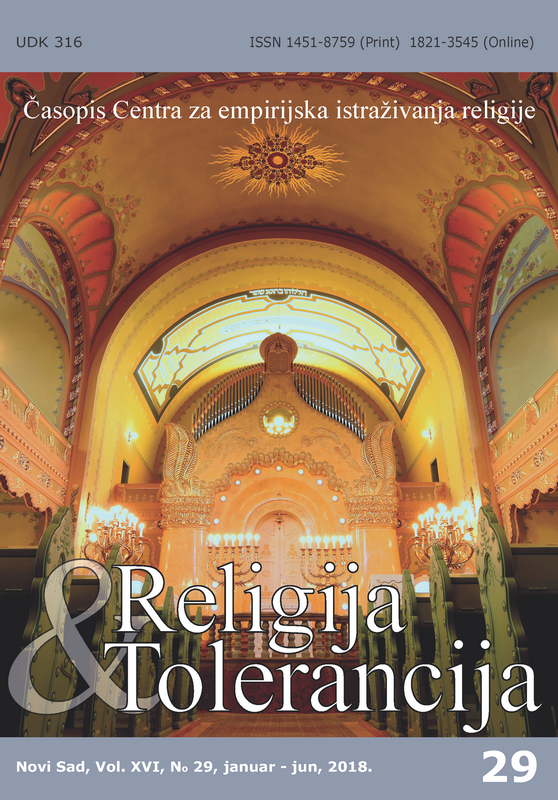BOGOSLUŽBENI JEZICI
LITURGICAL LANGUAGES
Author(s): Ljiljana D. ĆumuraSubject(s): Social Sciences, Theology and Religion
Published by: Centar za empirijska istraživanja religije (CEIR)
Keywords: liturgical languages; sacred language; diglossia; the Bible;
Summary/Abstract: Language is an instrument for studying culture and civilization domains. It is used to study relevant cultural or civilizational segments. Language is an indicator of the realstate of things in the spiritual life of every society. In every area: arts, science, sport,politics, in general, as well as in every sphere of life, there is a language that is in use. Sothe church and religion have their own languages. In this paper the author gives anoverview of the historical development of several languages that are used or have beenused in worship services: Hebrew, Sanskrit, Latin, Greek, German, English and Slovenianlanguage. The author analyzes diglossia - a situation in which two languages (or twovarieties of the same language) are used under different conditions within a community.Diglossia means that one society serves two language types, functionally differential sothat one of them felt as a “higher”, refined, fancier, and more learned, and the second as“lower”, popular and simple. This situation was present with the Roman and Latinlanguages in the Catholic part of Europe, with the Greek language in the Byzantine areas,with classical Arabic in Islamic countries and with Sanskrit in Asia, but was mostly presentin Slovenian languages. This work lead one to think that the diglossia or linguistic dualityhad the effect of contributing to the cultural and psychological superiority of the clergyover the unquestioned with the help of language or, thanks to the diglossia, preventing themodernization of the language or the translation into new languages by endangering theauthenticity of the texts and opening the way with false interpretations. In any case, thenations mature, as well as individuals. Likewise - languages are born equal, but “grownup” is unequal, and in this display and concealment the language is subject to various andconstant changes, which are present even today.
Journal: Religija i tolerancija
- Issue Year: 16/2018
- Issue No: 29
- Page Range: 133-147
- Page Count: 15
- Language: Serbian

